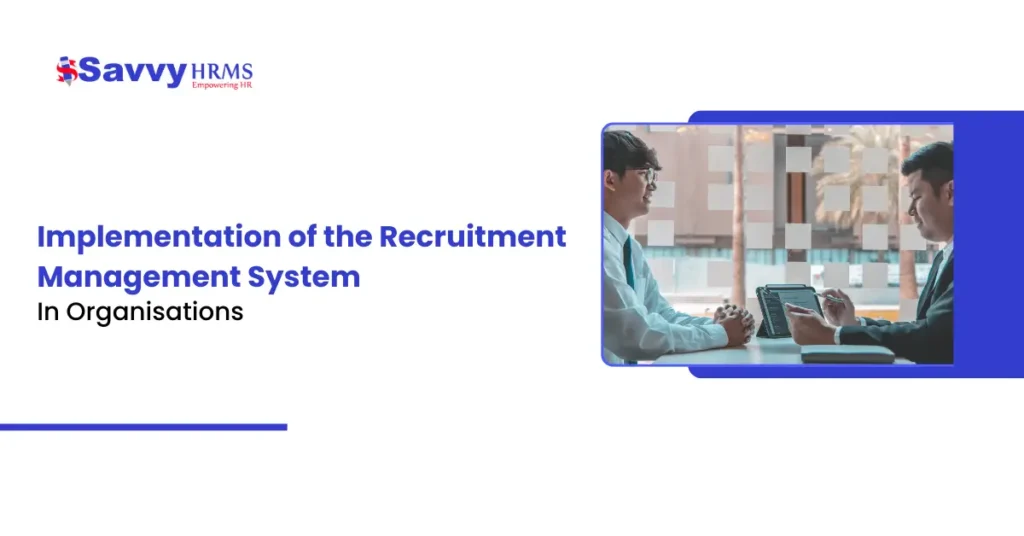Every business spends money on people. What is that actual value to the business? This is where Human Capital return on investment comes in; it helps organizations calculate the return on labor relative to total spend on employees.
Return on Investment for Human Capital is not optional for HR leadership; it is essential to understand productivity, engagement, and the overall worth of a workforce.
What is Human Capital ROI?
Human Capital Return on Investment (ROI) is a term used by HR professionals to measure the value employees create for an organization, accounting for all costs in employment.
Human Capital ROI is measured beyond wages. It includes all benefits, onboarding, training, and engagement. When incorporating all one-time and ongoing costs for the workforce, Human Capital ROI illustrates how investment in people leads to growth.
Why Understanding Human Capital ROI is Important in Human Resources
HR professionals are under no end of pressure. They have to show that each HR endeavor adds up to business success. Every HR endeavor produces an ROI, from hiring to onboarding to training, etc.
With Human Capital ROI, human resource teams can:
- Measure employee productivity.
- Justify HR spend.
- Support culture and engagement.
- Align HR goals with business goals.
So, Human Capital ROI serves as a glue between HR and business strategy.
How to Calculate Human Capital ROI.
To calculate Human Capital ROI is straightforward.
Human Capital ROI = (Revenue – Employment Cost) ÷ Employment Cost
For example, if the revenue was ₹50,00,000, and the employment costs were ₹10,00,000, the Human Capital ROI would be 4.0, meaning ₹4 return for every ₹1 invested.
Important Considerations that Influence Human Capital ROI
1. Hiring Practice
Hiring the appropriate talent and doing it quickly is beneficial for your ROI. On the other hand, making bad hiring decisions hurts it.
2. Employee Output
Employees who are productive create more. The effect of training and tools impacts this directly.
3. Training and Development
Employees who are more skilled will contribute more. Learning in a structured curriculum will increase your ROI significantly.
4. Engagement and Retention
Employees who stay with the organization save you the costs associated with hiring. Engagement programs help aid retention in your organization.
5. HR Technology
If you’re using HRMS software, you are becoming a more efficient HR department. Automated processes save time and costs.
The HRMS – Measurement of Human Capital ROI
It is difficult to manually measure your ROI. HRMS platforms assist with this.
For instance, the Performance Management Module of Savvy HRMS can provide a level of tracking for employees’ goals, productivity, and outcomes. HR teams can use the tool to be alignment between employee performance and property objectives.
Once Human Resources has measured better outcomes directly, it should become easier to generate better Human Capital ROI.
Best Practices for Improving Return on Investment in Human Capital
- Hire Right Using Data-Driven Recruitment.
- Partner with Employees to Train Continuously.
- Use Onboarding Programs to Minimize Early Turnover.
- Invest in Employee Well-Being and Engagement.
- Use Human Resources Technology for Instant Access to Employees’ Performance.
All of these actions will increase productivity and reduce costs, therefore improving return on investment in Human Capital.
Conclusion
A strong return on investment in human capital indicates that employees are indeed assets and should not be viewed simply as costs. Organizations that measure and improve return on investment in human capital will make smarter Human Resources decisions, increase productivity, and achieve long-term success.
FAQs
- What is Human Capital ROI?
It gauges the value that employees add to the business against the investment made in the workforce.
- What is Human Capital ROI, and why is it important to HR?
It helps HR prove how people’s decisions contribute to the success of the business.
- Does HR software improve ROI?
HRMS tools simplify processes, increase data accuracy, and record productivity.
- Which Savvy HRMS module assists in measuring ROIs?
The Performance Management Module clearly shows measurable contributions of employees to the organization.



